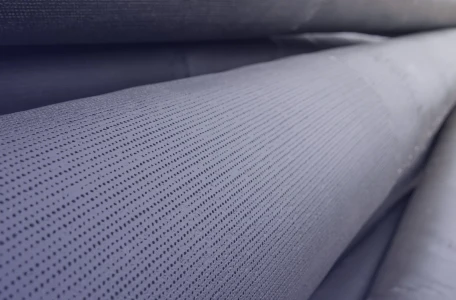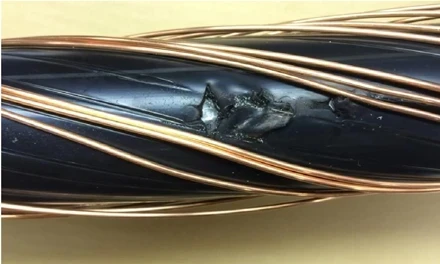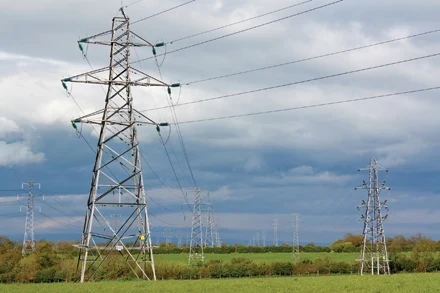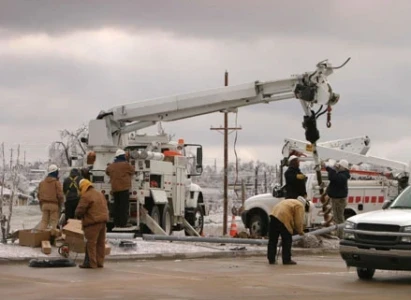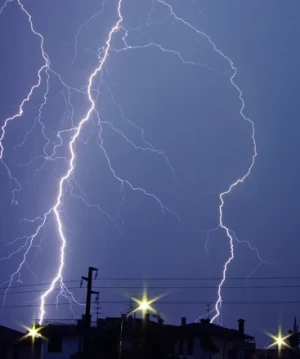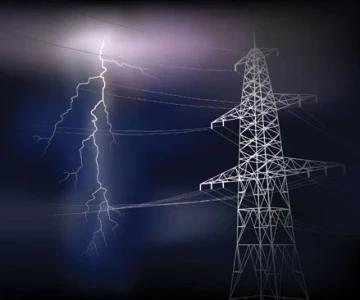Monitoring Underground Lines with SCADA
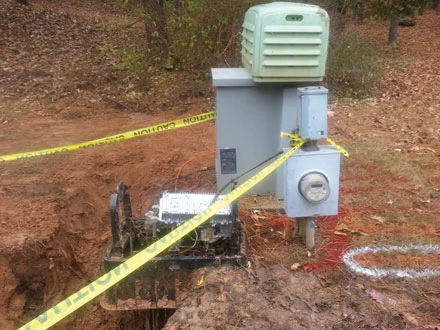
How SCADA can help prevent repairs and service disruptions
BY RICHARD CLARK, InduSoft
Underground transmission and distribution lines create unique challenges, as they require special insulation materials to protect conductors, and complex cooling systems because heat cannot be dissipated in free air as with overhead lines. Despite the additional expense of specialized insulation materials and cooling systems, not to mention very high construction costs, underground electric lines are standard in large, congested cities.
Underground electrical lines are often used in conjunction with overhead lines for residential distribution, primarily for aesthetic reasons. However, underground lines also help protect people from accidental electrocution in the event of line damage. Another advantage of underground electrical lines is greater reliability than overhead lines as they are not subject to high winds, tree branches and other factors that can cause service interruptions.
Although faults are less common than with overhead lines, detecting these faults can be very difficult, primarily due to the lack of visibility of the lines. Repair costs are also very high, as it is often very expensive and time consuming to access and repair a damaged portion of the line.

